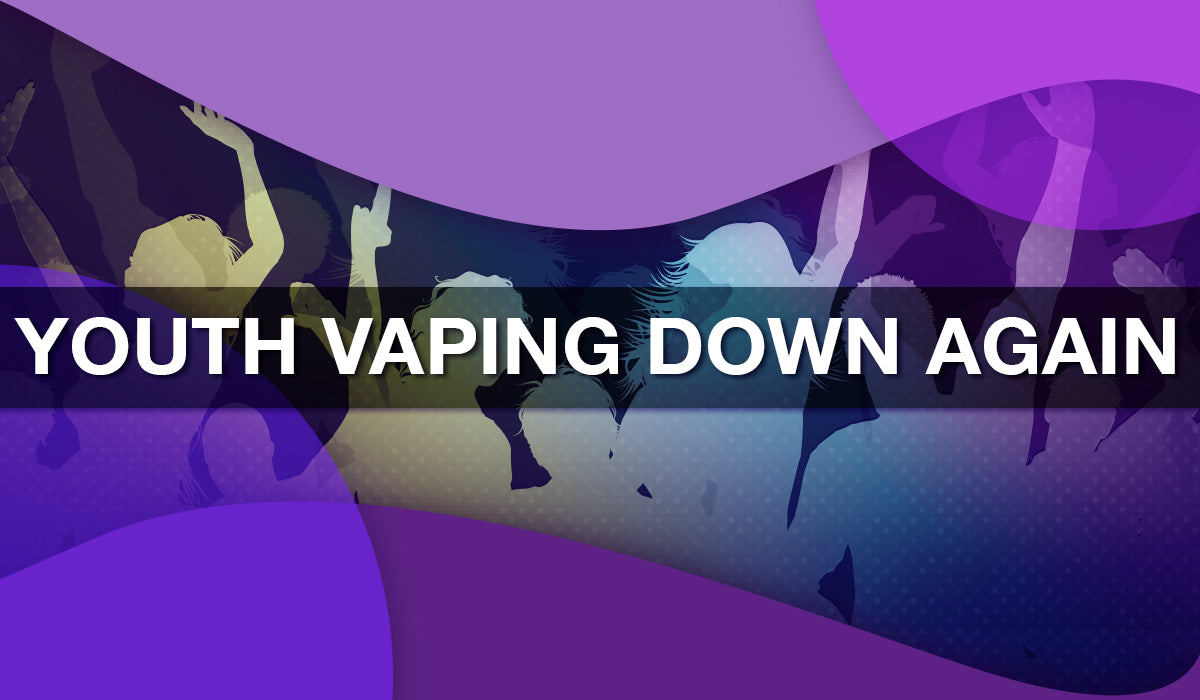
Youth Vaping Rates Drop for Fourth Straight Year- Down 60% Since 2019
The CDC has released the 2023 National Youth Tobacco Survey (NYTS). At the end of the last decade, NYTS data was portrayed as such a definitive annual study that its results necessitated immediate action and those actions invariably restricted adult access to electronic nicotine delivery systems (ENDS).
At the time, former FDA chief Gottlieb spoke at length about the incredible importance of this data and science, lamenting that losing an off-ramp to cigarettes in the form of vaping was a small price to pay when reducing youth nicotine. Mi-Pod, like all responsible independent vaping companies, recognized underage vaping as an existential threat to the industry and used industry leading age verification software to keep nicotine out of the hands of minors.
No Longer Following the Science
Fast forward to 2023 and clearly the information contained within this same National Youth Tobacco Survey is no longer considered to be important. How else do you explain that for three straight years the NYTS has tracked a massive decline in youth vaping yet there is no corresponding effort to reign in the vaping prohibitionist excesses of the FDA and federal government?
These excessive, which capriciously and arbitrarily fixate on banning the added flavorings adult vapers prefer, have led to a one to one increase in cigarette sales. A major study released this fall showed that for every vape not sold because they are no longer available in the flavors the adult market demands, there is a corresponding pack of cigarettes sold in its place.
2023 Youth Tobacco Survey
Past-30 day vaping is the metric which was touted as most crucial when anti-vapers moved heaven and earth to ban vaping and deny adult access to flavors. This number peaked at 27.5 percent in 2019.
Since 2019, the number of youth vaping has dropped substantially year over year. Today that number stands at 10 percent. In real numbers, a half million fewer youth vaped in 2023 than 2022.
Current overall tobacco use among high school students also dropped in 2023 from 16.5 to 12.3 percent. A decline that can be attributed primarily to reduced e-cigarette use according to the FDA.
In the most recent youth tobacco use survey, the teenage combustible smoking rates have cratered to 1.9 percent, an all-time low.
This is a key number because it completely pulls the rug out from under the evidence-free concept that vaping was a gateway to cigarettes and dual use nicotine.
| NYTS Survey (Year) | High School Students Reporting Current E-Cigarette Use | Estimated Number of High School Students Reporting Current E-Cigarette Use (Million) |
| 2023 | 10.0% | 1.56 |
| 2022 | 14.1% | 2.14 |
| 2021 | 11.3% | 1.72 |
| 2020 | 19.6% | 3.02 |
| 2019 | 27.5% | 4.11 |
For historical perspective, the CDC reported in 2009 that 39.4 percent of high school students experimented with cigarettes and 17.2 percent were habitual users. These alarming numbers marked a major improvement on numbers from the late 20th century and early aughts.
PACT Act and Adult Buyers
The data from the NYTS refutes the constant coverage of disposable vapes as a menace to children. Equally misleading were reports this summer that the retail purchase of vapes had increased since 2020.
This reporting is either intentionally misleading or woefully uninformed. Adult purchase patterns of vaping have been greatly distorted by the Biden signed PACT Act in 2019.
Many adult vapers no longer have easy access to e-liquids, or disposable vapes outside of brick and mortar stores. In most areas, this means gas stations and convenience stores. Unless regulators really believed prohibition would work this time, it was inconceivable that in person sales would not increase when vape shops and online vape stores were driven out of business.
This inevitability occurred because of shipping restrictions, vapes were once shipped by all major US carriers, have been imposed.
It is no wonder that RJ Reynolds is eager ban flavors, especially disposable vapes, as these are their direct competition and at the same locations where combustible cigarettes dominate the shelf space.
Flavor Bans Increase Cigarette Sales
As briefly mentioned above, there is a second FDA commissioned study that should read in conjunction with the good news from the NYTS. Unfortunately, it paints a much more dour scene for the plight of the adult vaper seeking alternatives.
A survey conducted by the FDA and National Institute of Health found that restrictions on nicotine vape flavors result in a corresponding one-to-one increase in cigarette sales in areas with flavor bans. It turns out flavor bans are the real catalyst for dual use and cigarette uptake.
The reality is that whether it is blue razz or flue-cured fauxbacco notes, vapes are flavored artificially. But for some reason, tobacco flavored vapes are treated as if those artificial flavors are the natural state of e-liquid. The notes in a tobacco, no matter how realistic, are every bit as contrived and carefully formulated as Dragon Fruit Berry Guava.
There is no cold bar squeezing lemons and mints, and there is no ground golden leaf going into the e-liquid (apart from the tobacco derived nicotine but it is not the source of tobacco flavors in vapes).
Characterizing Flavors
And when given a chance to compete on a level field of play on the market, sweet characterizing vape flavors, the beverage and fruit vapes adults have been shown to prefer, are much more popular than e-liquids infused with tobacco inspired flavorings.
This reality has been known since the earliest days of vaping and confirmed by a comprehensive study on adult use conducted by Doctor Farsalino some years back. It is a shame we have to witness this first hand as adult vapers are funneled back onto combustibles by ill-conceived policies.
And if flavor bans seem to be enough of a capricious and damaging misstep for one lifetime, Democratic legislators in Congress are seeking to impose a federal nicotine tax which would make it much more expensive to vape than smoke, which we discuss at length in the feature: Proposed Federal Tax Incentivizes Cigarettes and Punishers Vapers.


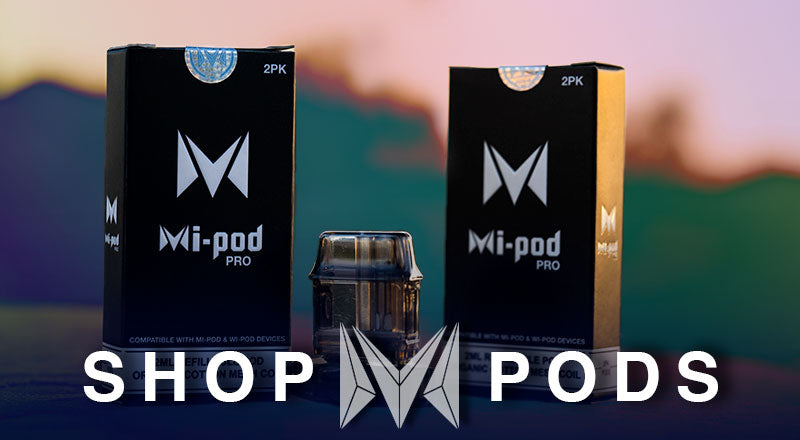
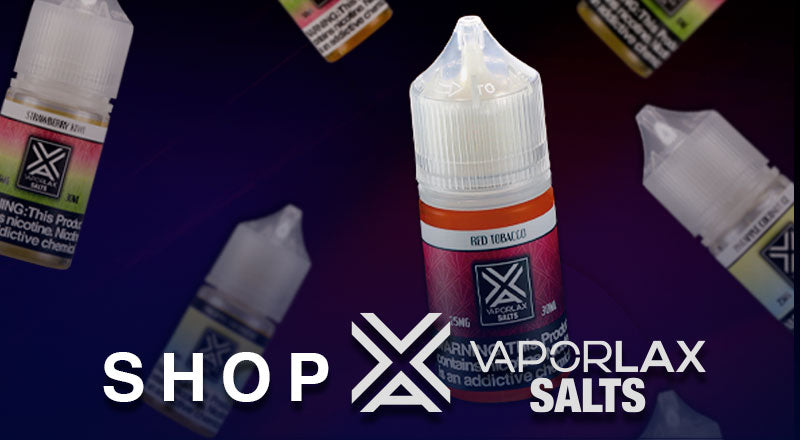
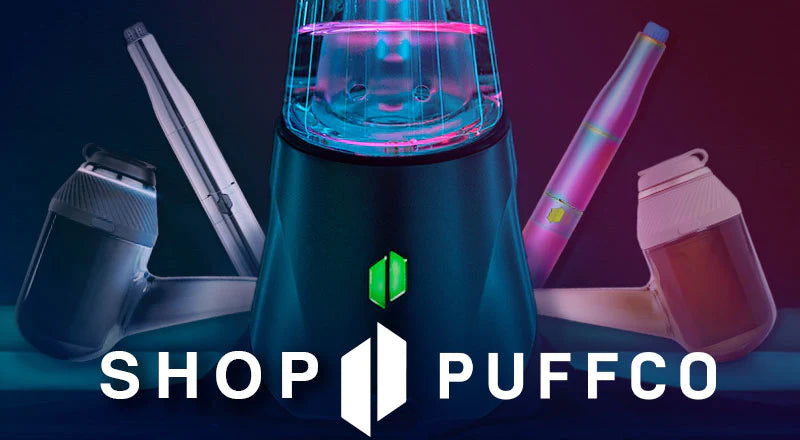
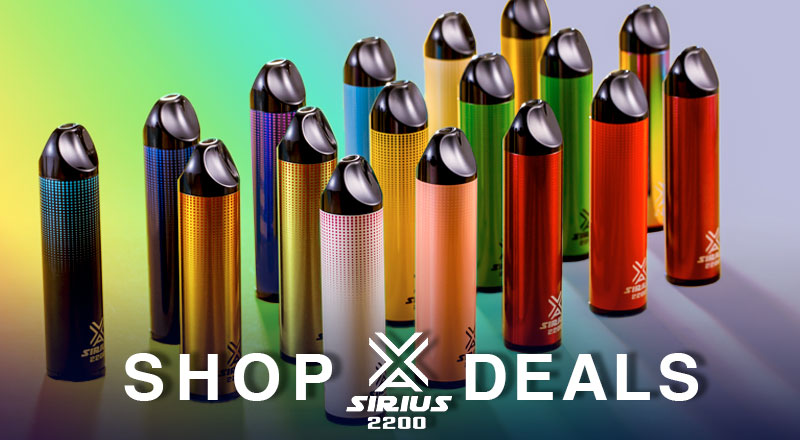

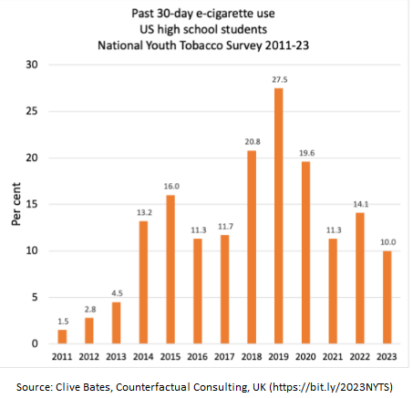


Leave a comment
This site is protected by hCaptcha and the hCaptcha Privacy Policy and Terms of Service apply.